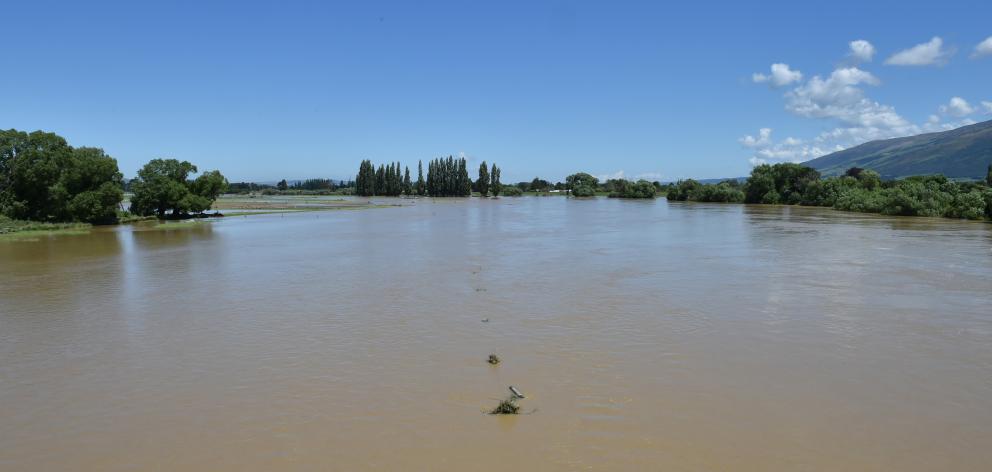
The flooding on the Taieri Plain will always come and go but is taking longer to go, which raises some interesting questions.
The fertile plain's elevation is to all intents and purposes sea level, which presents problems for drainage, but the years of flooding have also left behind some of the best soils in the country due in large measure to the silt sent down the rivers from the uplands to settle as topsoil.
All fertile river deltas are created this way over the millennia and the process has provided us with possibly the best soil in New Zealand - the Outram loam has been described as legendary.
The downside is that the very floods that help create a real depth of fertile soils also create havoc for those who live and work on this flood delta. So what is to be done? The Taieri Plain at or even below sea level makes natural drainage difficult but then the Netherlands is in the same position, as is Bangladesh, not to mention the Mississippi delta - and downtown North and South Dunedin - all have to cope with flooding.
In 2005, the Otago Regional Council embarked on a project to enable much of North Dunedin to cope with flooding by widening the Water of Leith. The effect of the design was the creation of what was to all intents and purposes a concrete sluice to facilitate the passage of water out to sea.
While not expected to be completed until 2020 at a cost of around $40million, the design provides a pleasant and accessible ambiance around the university and beyond. In other words, the need for flood mitigation took precedence over the naturalness of the river, which is entirely reasonable given the circumstances. Sometimes a community must recognise the greater good of renewable power generation destroys the naturalness of a river but the benefits to our wider society outweigh the costs or loss.
When the Roxburgh Dam was built in the 1950s, few people would have understood millions of tonnes of silt would accumulate behind the dam's concrete wall, with much of the material coming from as far away as the Shotover River. Now, of course, the Clyde Dam and Bannockburn are the recipients of such deposits.
The Taieri River also continues to bring with it tonnes of silt and debris, only to come up against a barrier almost as impenetrable as the concrete dams - high tide. The floodwaters can't move much during high tide, so the silt settles in the river and on farmland, as it has done over the ages. The bed of the river therefore continues to build up, forcing public water to spill on to private land, where it can pond for weeks. Economists would call this ponding a ''public good'' where we the public benefit from the flood-prone farmers' unintended generosity.
The Otago Regional Council, however, does not appear to have ever monitored the bed of the Taieri River from, say, Henley to the mouth of the river to accurately determine just how much the river bed is rising - which appears inevitable.
There appears to be a double standard happening. Contact Energy is required to ensure the confluence of the Manuherikia and the Clutha Rivers is cleared of gravel which, if left alone would ultimately provide a barrier for that river's water to enter the Clutha on its way to the sea.
Contact Energy is also required by law to lower the bed of the Clutha River above the Roxburgh Dam to reduce the impact of flooding on Alexandra.
Why then is there no requirement on the ORC to at least monitor the Taieri River bed to better understand the diminishing holding capacity of the river? Dredging the river, starting at the mouth, may well assist the flow of future floodwaters; Niwa predicts floods will occur more regularly (ODT, 26.11.18). Explosives can also be used where appropriate to loosen and scour the bed of the river.
If the ORC and the DCC can embrace a new bridge for downtown Dunedin ($20million) and rightly protect the city's business community through the Water of Leith scheme ($40million), could they not spare a thought or two for rural needs (and not wishes), ahead of time?
It would make a nice change.
-Gerrard Eckhoff is a retired farmer from near Alexandra and a former Otago regional councillor.












